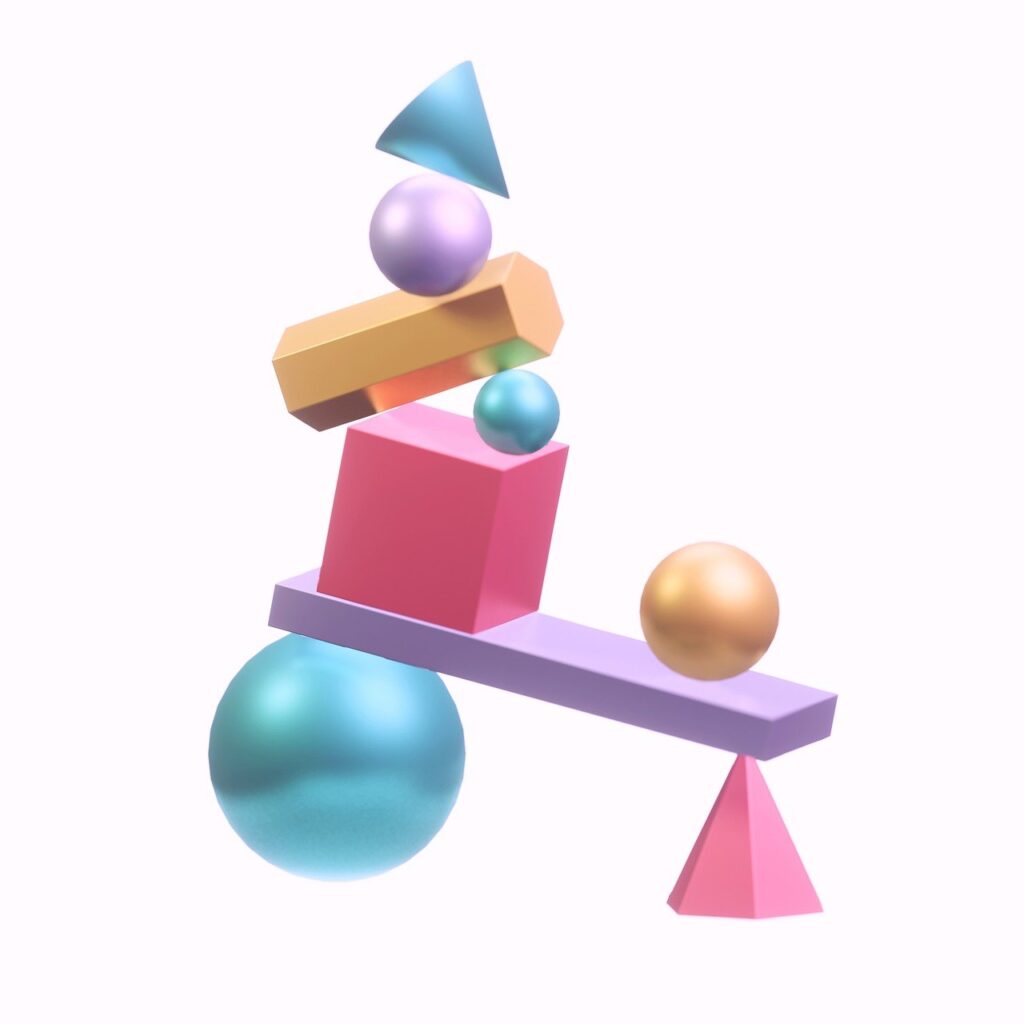Predict the cube root of a number in 5 seconds

Cube roots are useful in trigonometry and historical mathematics since they may be used to solve cubic equations, find the side length of a cube given its volume, and more. Cube root questions have appeared in a number of competitive tests, and there’s a good likelihood they’ll reappear in NRA CET (SSC, Bank, Railway) and other competitive exams. With no intermediate steps required, the student will be able to accurately predict the cube root of a number in 5 seconds, thanks to the incredible technique for solving cube roots.
Any number that yields the original number after three times of multiplication by itself is said to have a cube root. Since 3 x 3 x 3 = 27, for instance, the cube root of 27 is 3. The process of computing a cube is reciprocally calculated as the cube-root. 2 is the cube-root of 8, therefore if 8 is the cube of 2, then so is 2.
Importance of Cube root in mathematics:
Solving Equations: Cube roots are the tool of choice for solving cubic equations. They can be used, specifically, to find the dimensions of a three-dimensional object with a given volume.
In trigonometry: When attempting to discover an angle (angle trisection) whose measure is one-third that of a given angle, cube roots appear.
The origins of Cube roots:
As early as 1800 BCE, Babylonian mathematicians were the first to calculate cube roots.
The Nine Chapters on the Mathematical Art is a Chinese mathematical work that was collected in the second century BCE and elaborated upon by Liu Hui in the third century CE. It has a method for extracting cube roots.
Hero, the Greek mathematician, presented the issue of doubling the cube, which required the construction—now known to be impossible—of a length 3√2 using a compass and straightedge to create an edge of a cube with twice the volume of a given cube.
Make a list of the numbers 1 through 10 along with their corresponding cubes and mug it up. We’ll utilize this list to compute higher order integers’ cube roots. We will be able to solve the cube-roots quickly if we know these numbers. Therefore, before continuing, I strongly advise the reader to commit the list below to memory.
| No. | Cube |
| 1 | 1 |
| 2 | 8 |
| 3 | 27 |
| 4 | 64 |
| 5 | 125 |
| 6 | 216 |
| 7 | 343 |
| 8 | 512 |
| 9 | 729 |
| 10 | 1000 |
Steps:
The cube root problem will be divided into two sections. The answer’s right-hand portion will be solved first, followed by the answer’s left-hand portion. You have the option to finish the left-hand half before moving on to the right-hand part. Although there are no restrictions on either approach, we usually like to solve the right-hand portion first.
Here’s an example to help you understand.
Determine 287496’s cube root.
The number 287496 is represented as 287 | 496 since we slashed the final three digits.
Next, we note that cube 287496 has an end of six. We also know that cube root ends of six when cube ends of six. At this point, ___6 is our response. Thus, we have the first part of our answer.
We use the number that is located to the left of the slash to determine the left portion of the solution. The number 287 is located in this instance to the left of the slash.
The number 287 in the number line must now be located between two perfect cubes. 287 is located between the perfect cubes 216 (the cube of 6) and 343 (the cube of 7), according to the key.
Now, we take the lower number from the above-mentioned values and place it on the answer’s left side. As a result, we choose the smaller of 6 and 7 and place it next to the already determined answer of __6.
The final response is 66.
Consequently, 287496’s cube root is 66. Consider this additional example:
Find 2197’s cube root.
The notation for the number 2197 is 2 | 197.
The cube root will terminate with a 3 since the cube ends with a 7.
As the answer’s right-hand component, we will enter 3. Between 1 (the cube of 1, see the cube list made above) and 8 (the cube of 2, see the cube list created above), is the number 2. We shall enter 1 as the smaller number in the left-hand portion of the solution.
13 is the final response.
From this, we can infer that there is only a single method for quickly solving perfect cube-roots of all kinds. Stay in touch with Web Tutors Point.
